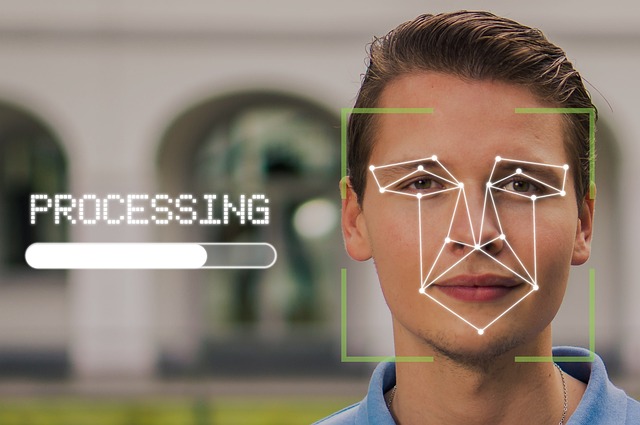
“Enhancing Security with Adaptive Authentication: A Deep Dive”
Understanding the Need for Adaptive Authentication in Today’s Security Landscape
In an era where cyber threats evolve by the minute, traditional authentication methods often fall short. Static passwords and single-factor verifications are no longer sufficient to protect sensitive information from increasingly sophisticated attacks. This is where adaptive authentication steps in, offering a dynamic and intelligent approach to security that adjusts based on risk and context.
What is Adaptive Authentication?
Adaptive authentication is a security process that tailors its verification requirements depending on multiple factors such as user behavior, device, location, and time of access. Unlike static methods that apply the same authentication steps to every login attempt, adaptive authentication evaluates risk in real-time and decides the appropriate level of verification needed to grant access.
How Does Adaptive Authentication Elevate Security?
- Risk-based decisions: The system analyzes behavioral patterns and environmental context to identify anomalies — for instance, if someone tries to access an account from an unfamiliar device or unusual location.
- Layered verification: When risk is detected, adaptive authentication prompts additional verification such as biometrics, one-time codes, or security questions, making breaches much harder.
- Seamless user experience: For low-risk situations, users can enjoy quick and hassle-free access without compromising security, balancing convenience and protection.
Common Components of Adaptive Authentication Systems
Successful implementation often involves a mix of technologies and data inputs:
- Device fingerprinting: Identifying unique device attributes to spot unfamiliar hardware trying to access resources.
- Behavioral analytics: Monitoring login times, patterns, and typing behavior to detect inconsistencies.
- Geolocation awareness: Recognizing atypical geographic locations or impossible travel scenarios.
- Multi-factor authentication (MFA): Introducing additional verification steps dynamically when higher risk is detected.
Real-World Impact: Why Adaptive Authentication Matters
For businesses and users alike, security isn’t just about defense — it’s about trust. Adaptive authentication provides a robust shield that is both proactive and responsive, reducing fraud, preventing unauthorized access, and maintaining user convenience. With cyberattacks becoming not only more frequent but also increasingly complex, adopting adaptive authentication technologies represents a vital step towards a more secure digital world.



